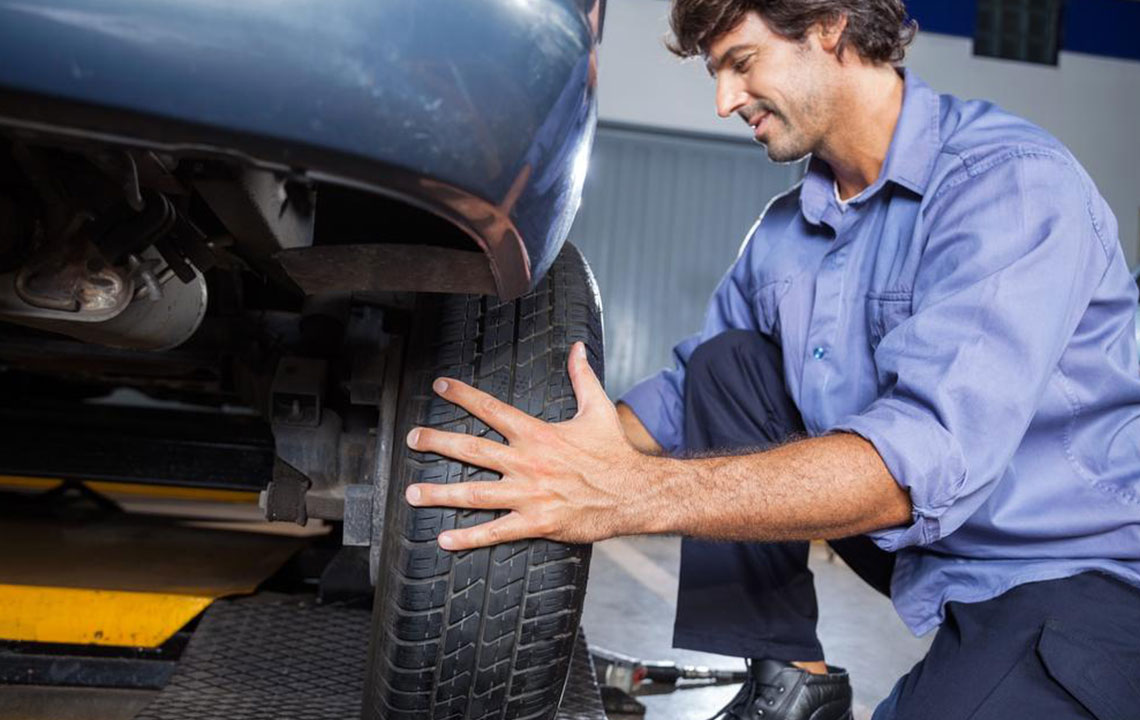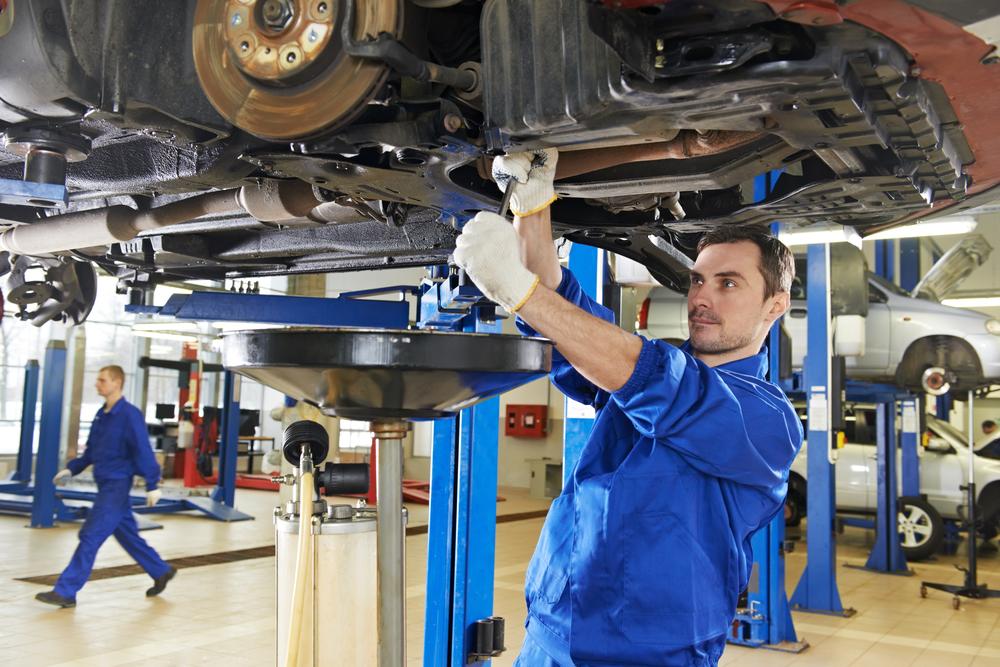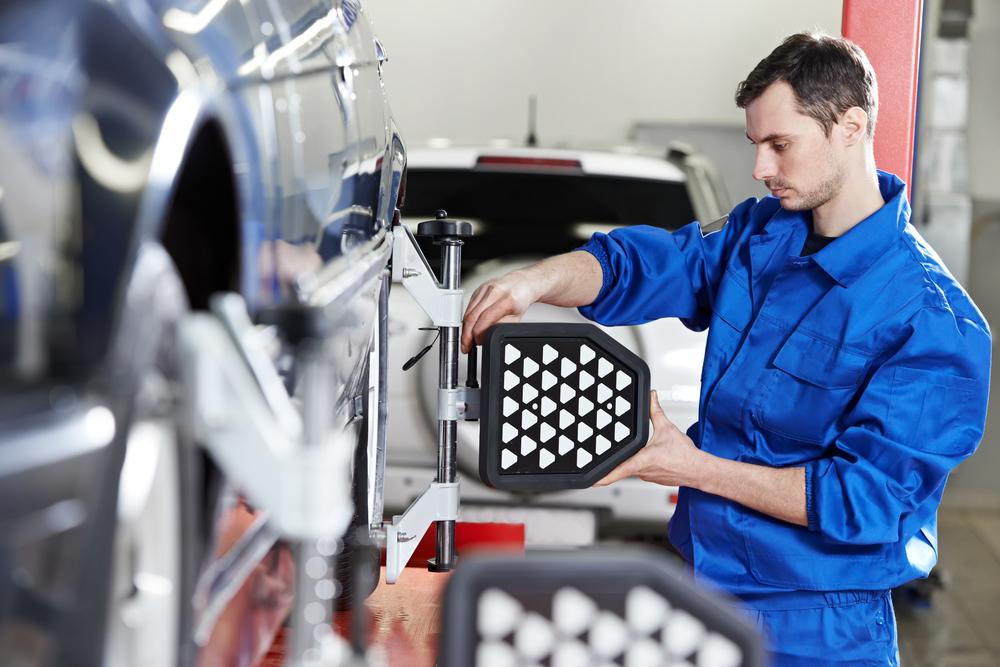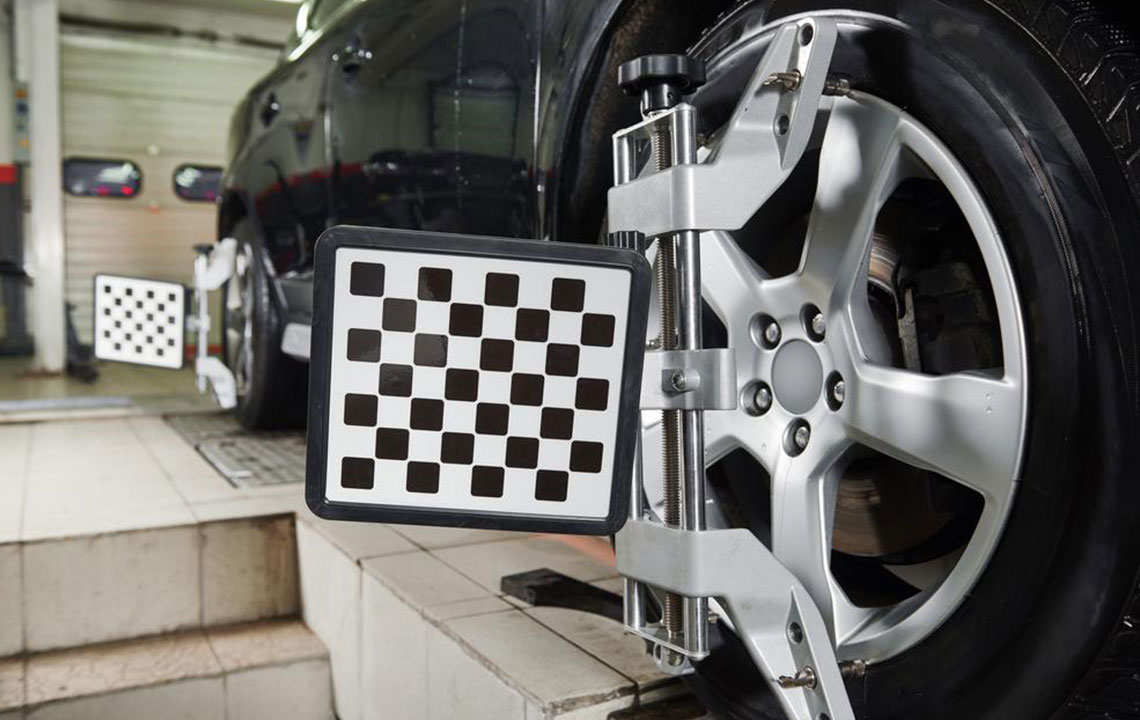Comprehensive Guide to Achieving Optimal Wheel Alignment for Your Vehicle
Maintaining proper wheel alignment is essential for vehicle safety, fuel efficiency, and tire longevity. Regular inspections and adjustments ensure smoother handling, reduce uneven tire wear, and save costs over time. Learn comprehensive tips on when and how to properly align your wheels, and discover affordable options like coupons for maintenance services. This guide highlights the importance of alignment for vehicle performance and longevity, emphasizing the need for routine checks especially after driving over rough roads or after tire replacements. Keep your vehicle running smoothly and safely by following these expert recommendations.

Comprehensive Guide to Achieving Optimal Wheel Alignment for Your Vehicle
Maintaining proper wheel alignment is a crucial aspect of vehicle maintenance that directly impacts safety, fuel efficiency, tire longevity, and overall driving comfort. Misalignment can occurs due to various factors such as driving on rough or uneven roads, hitting potholes or obstacles, minor accidents, or even regular wear and tear over time. When wheels are misaligned, they no longer sit at the correct angles relative to the vehicle's chassis, which can cause the car to pull to one side, lead to uneven tire tread wear, and negatively affect handling.
Regular wheel alignment inspections are vital to detecting and correcting these issues early. During an alignment check, professional technicians evaluate the angles of the wheels—the camber, toe, and caster—to ensure they conform to manufacturer specifications. They employ specialized tools such as alignment machines and sensors to precisely measure the angles and make necessary adjustments. Proper alignment ensures that all four wheels are perpendicular to the ground and perfectly parallel to each other, resulting in smoother handling, increased safety, and improved fuel economy.
To maximize the benefits of wheel alignment, vehicle owners should consider scheduling these checks at least four times a year, especially after events that might disturb alignment, such as encountering potholes, curbing, or after replacing tires or suspension components. Additionally, if the vehicle exhibits symptoms like pulling to one side, steering wheel off-center when driving straight, uneven tire wear, or steering vibration, it is advisable to seek professional alignment services promptly.
Using alignment coupons or discounts can make these essential services more affordable and accessible. Many automotive shops and dealerships offer promotional rates that encourage regular maintenance. Proper wheel alignment not only enhances driving comfort but also extends the lifespan of your tires, reduces the frequency of tire replacements, and lowers fuel consumption by ensuring that the vehicle operates as efficiently as possible.
Beyond safety and financial savings, maintaining proper wheel alignment contributes significantly to the overall health of your vehicle. It helps prevent uneven suspension wear and reduces strain on steering components, thereby decreasing the likelihood of future repairs. For vehicle owners prioritizing safety, economy, and durability, keeping the wheels correctly aligned is an investment that reaps long-term benefits.





